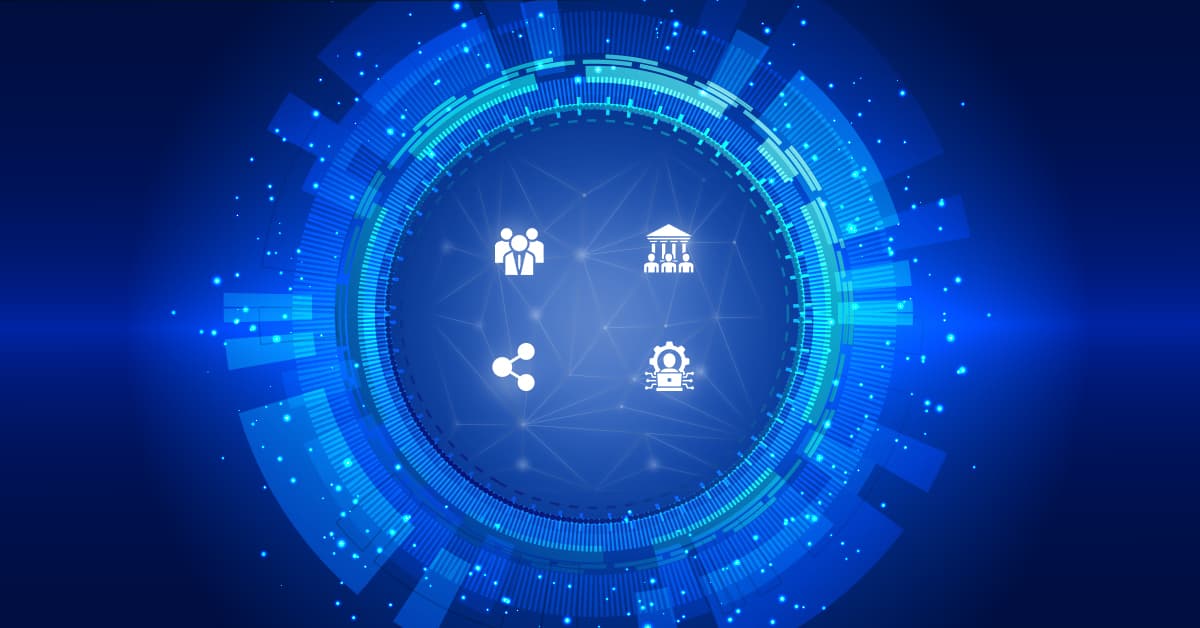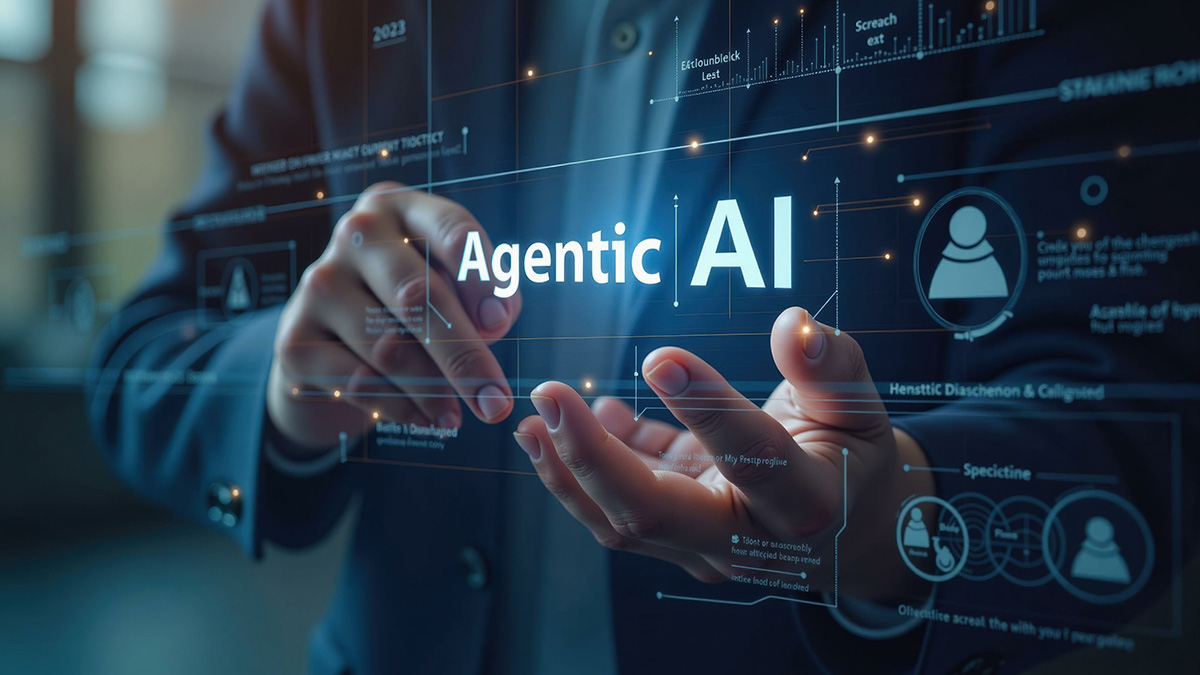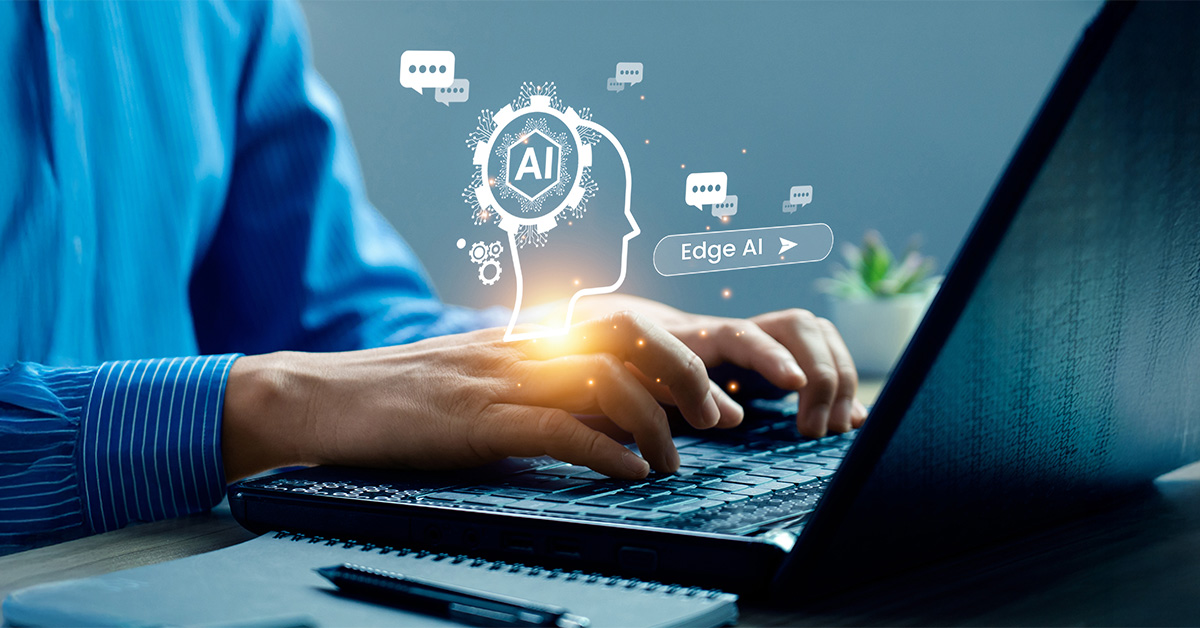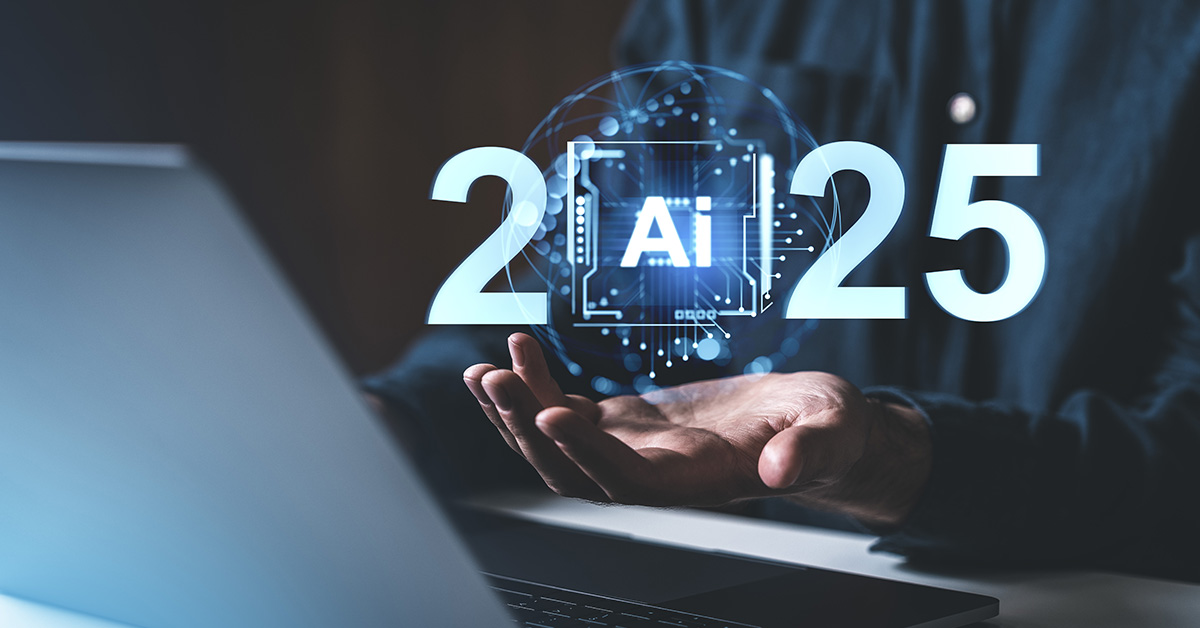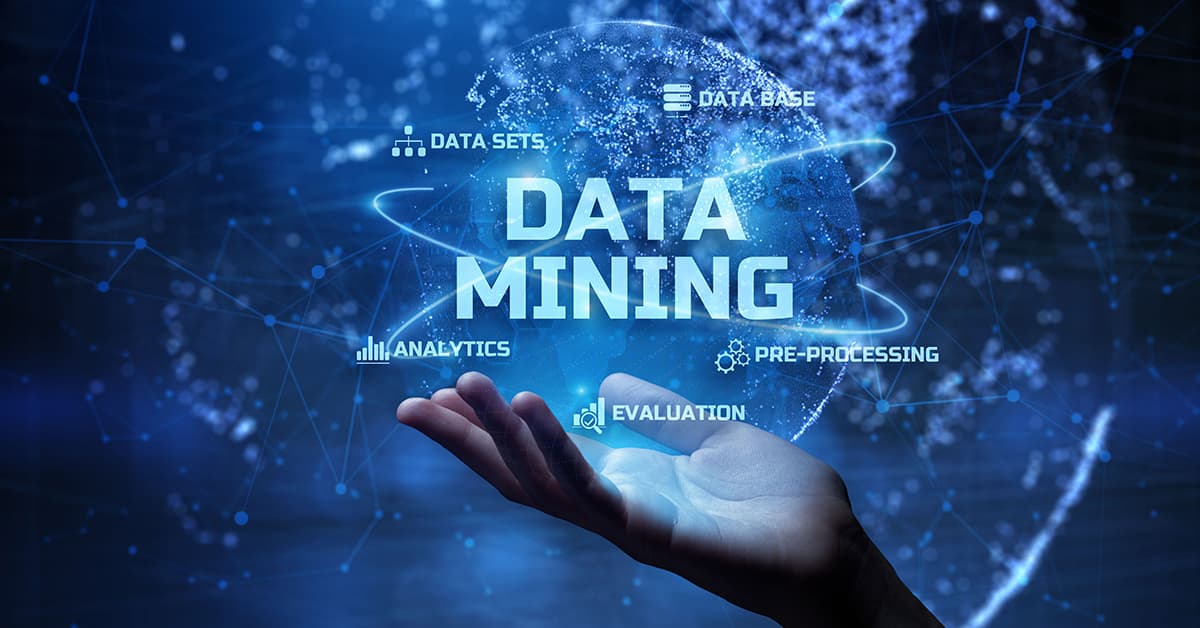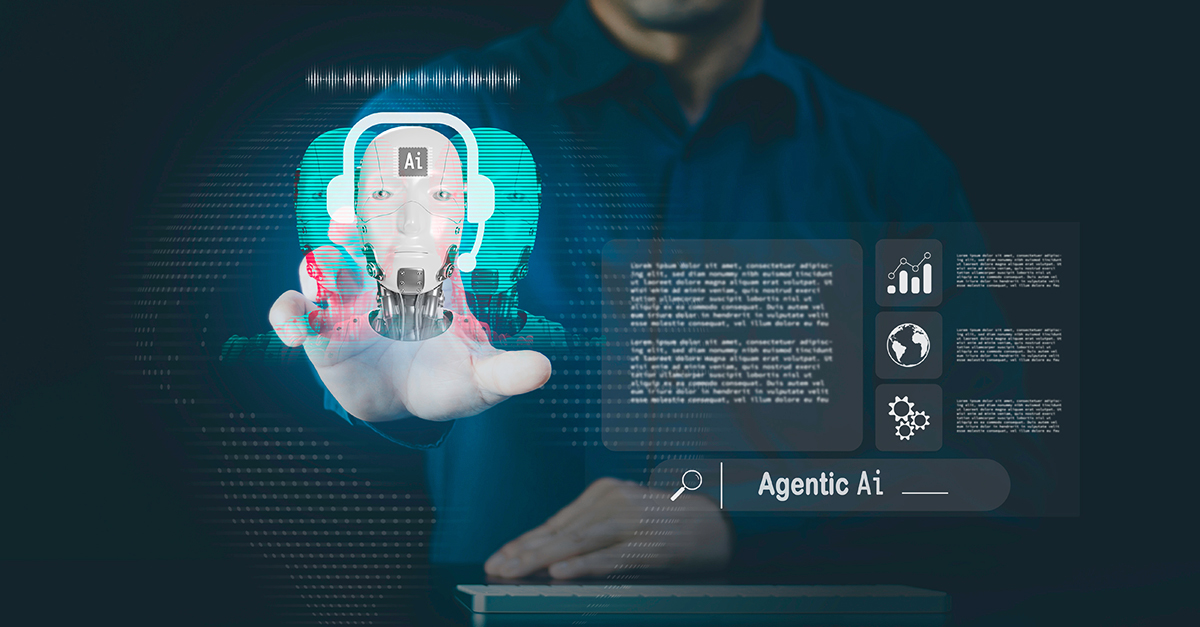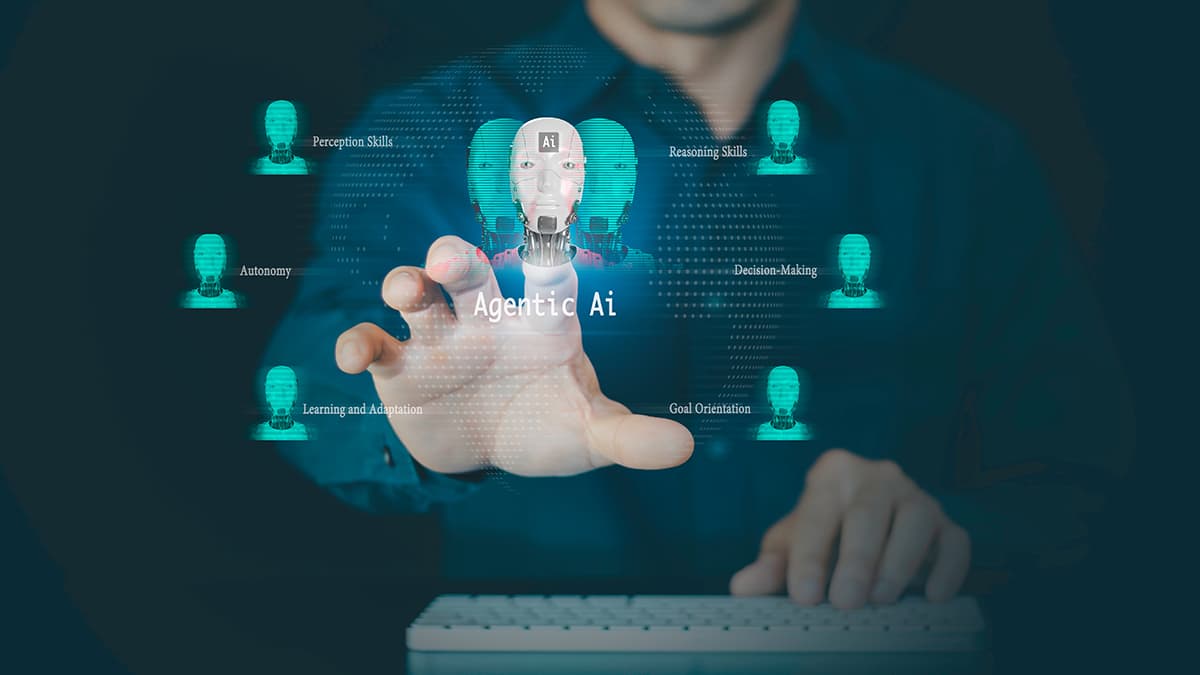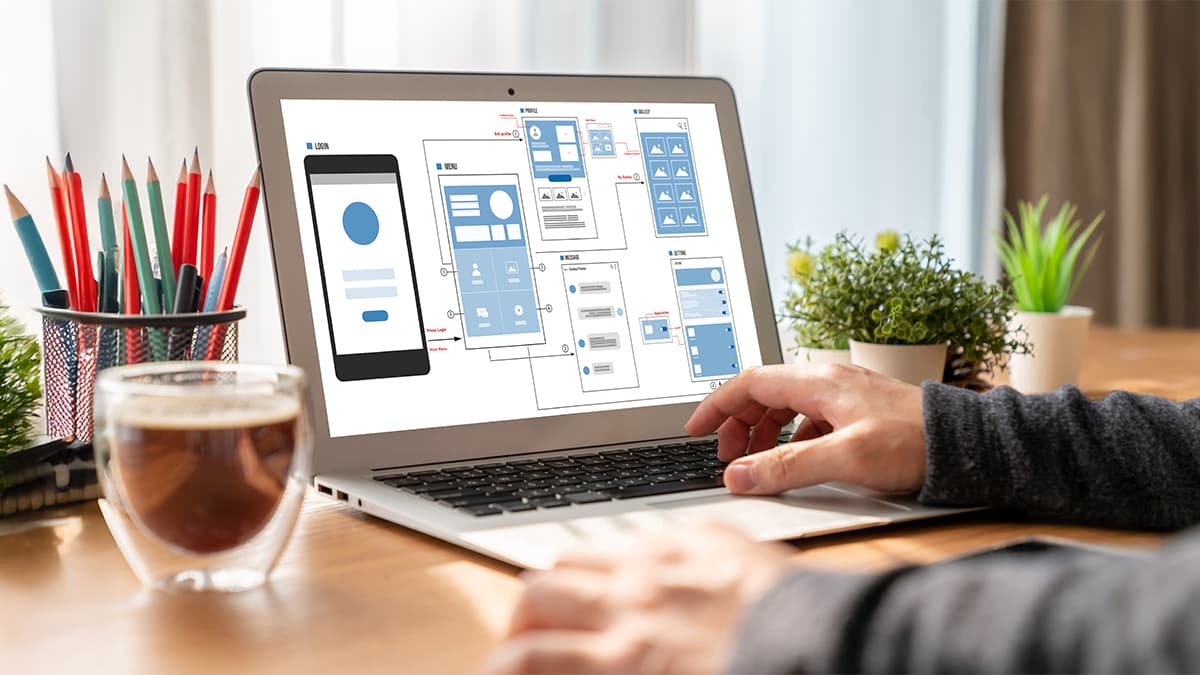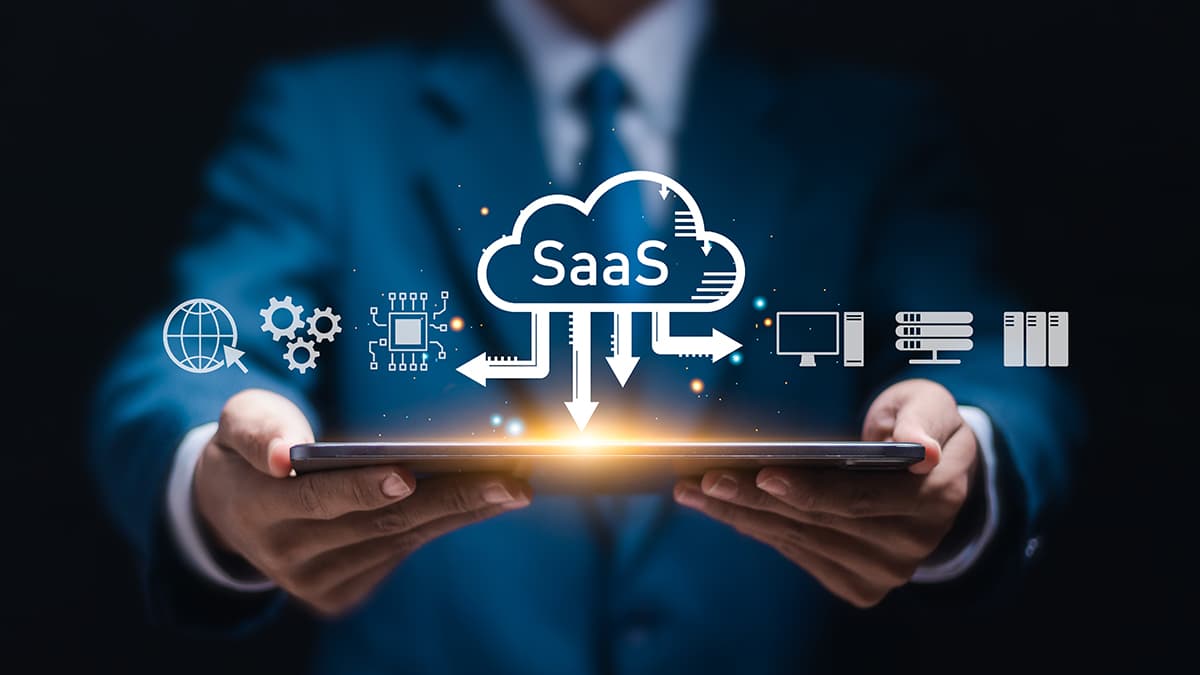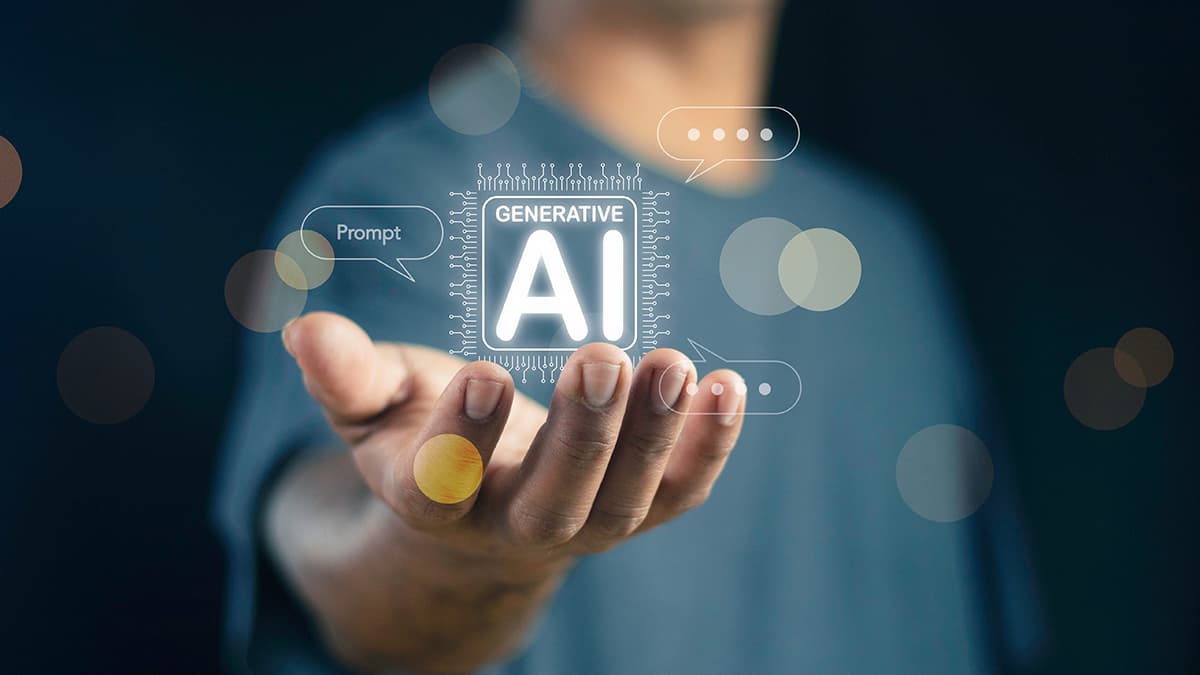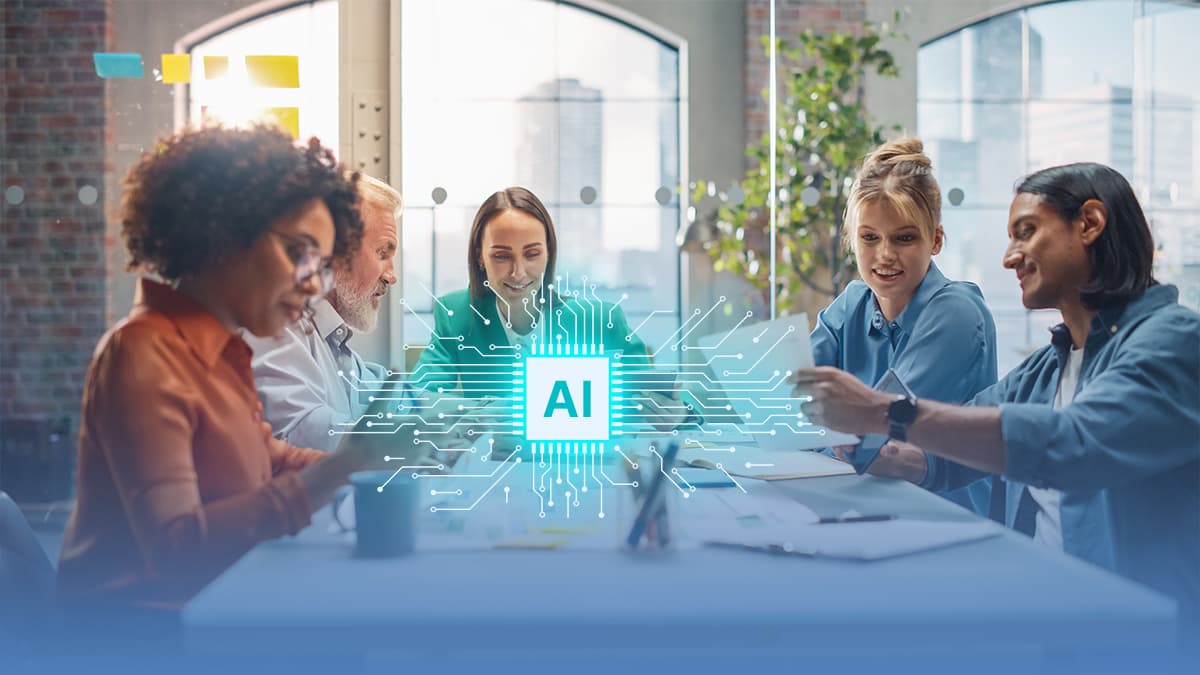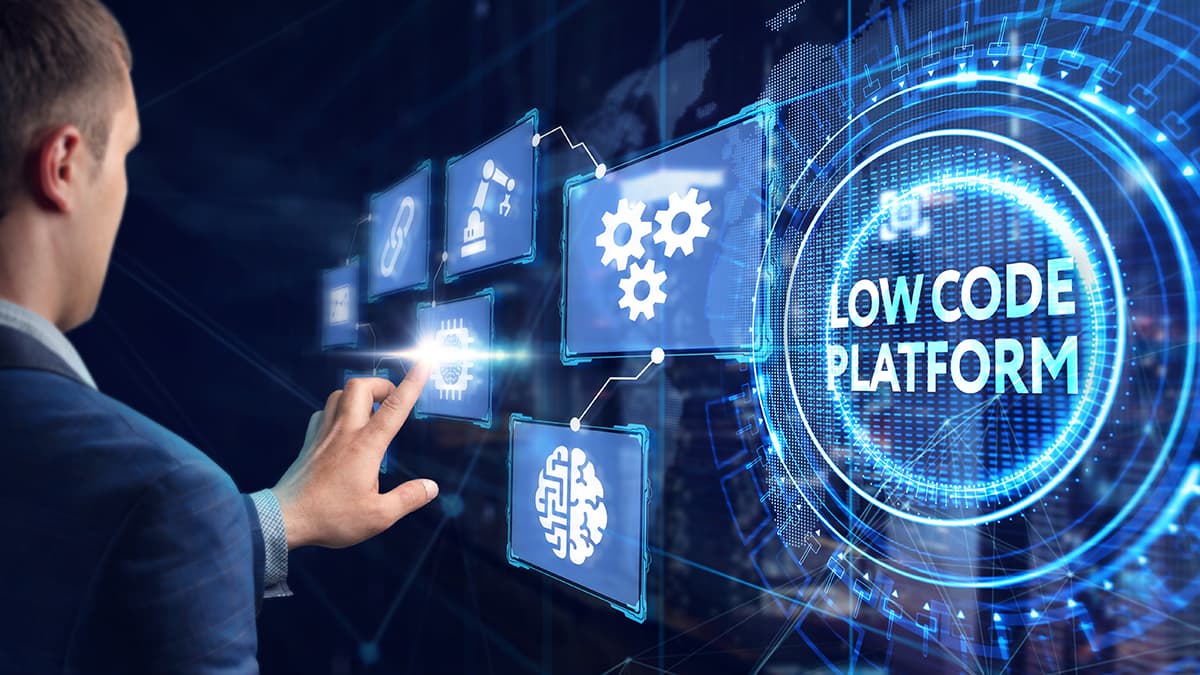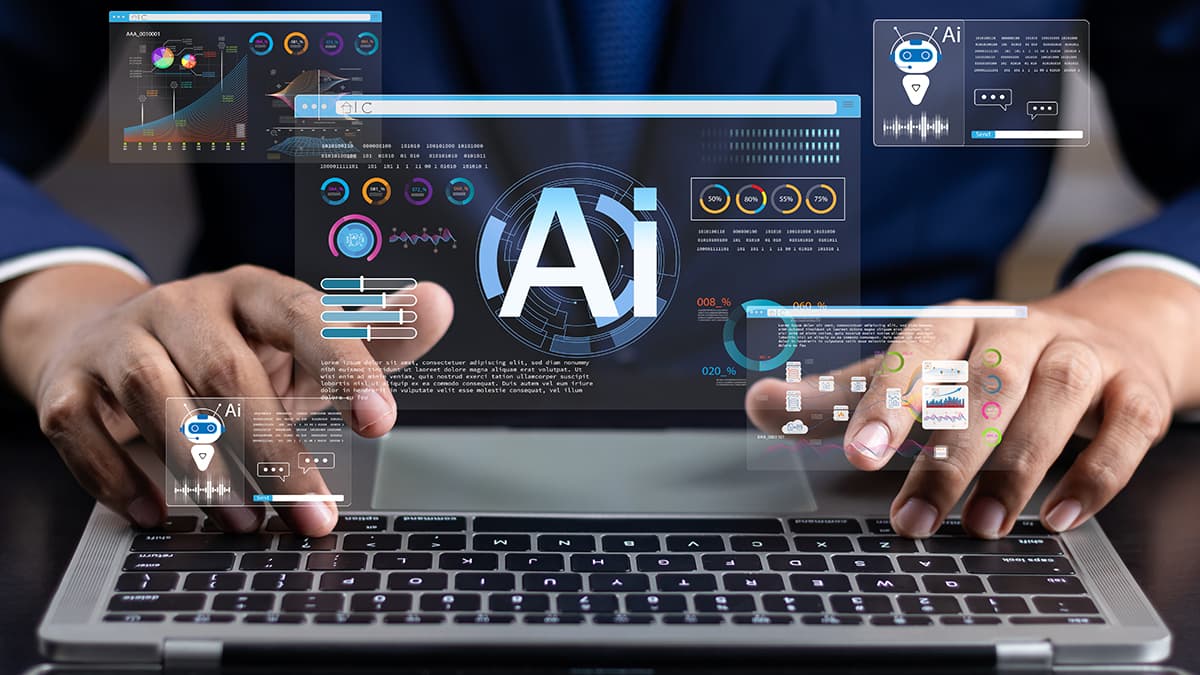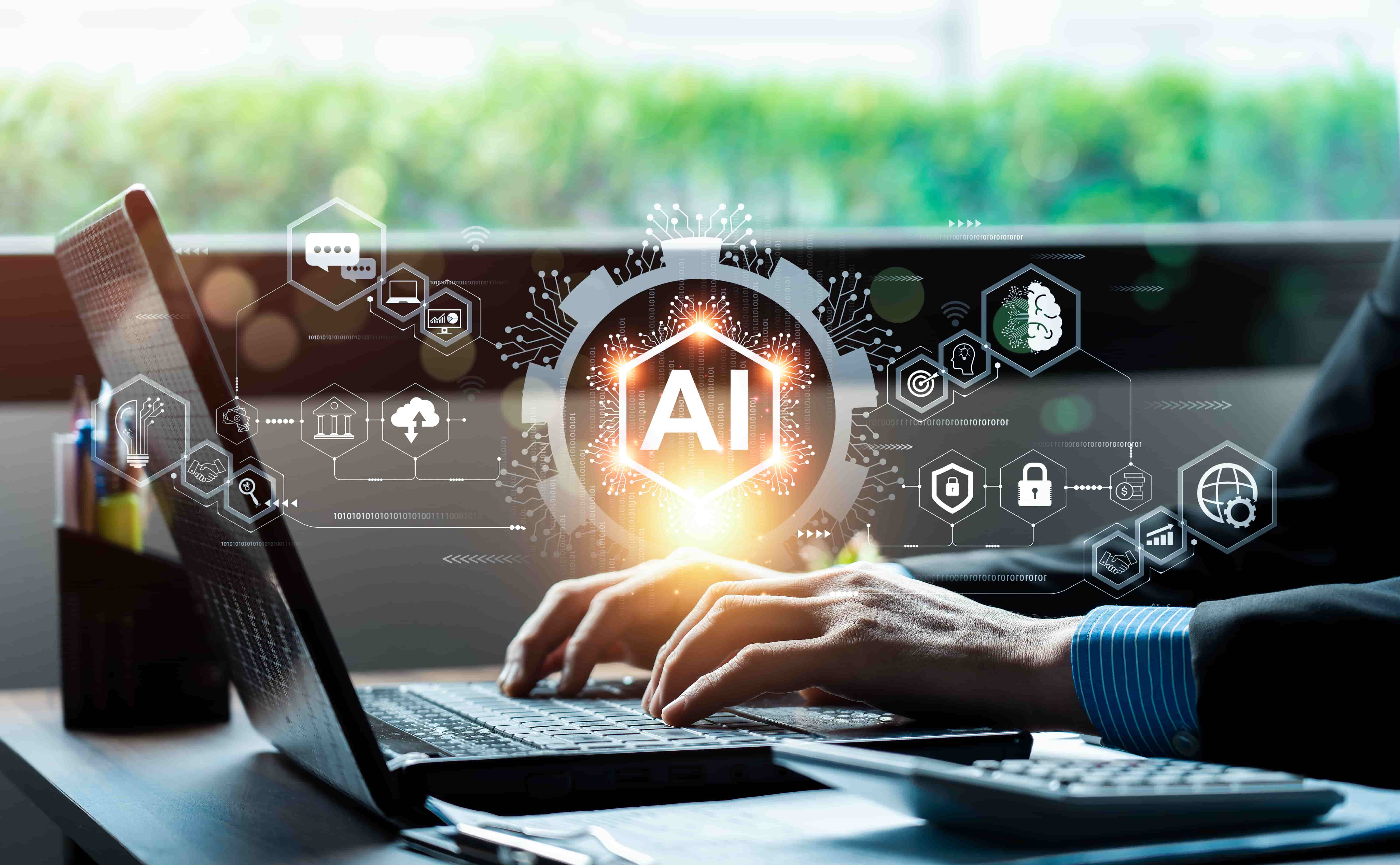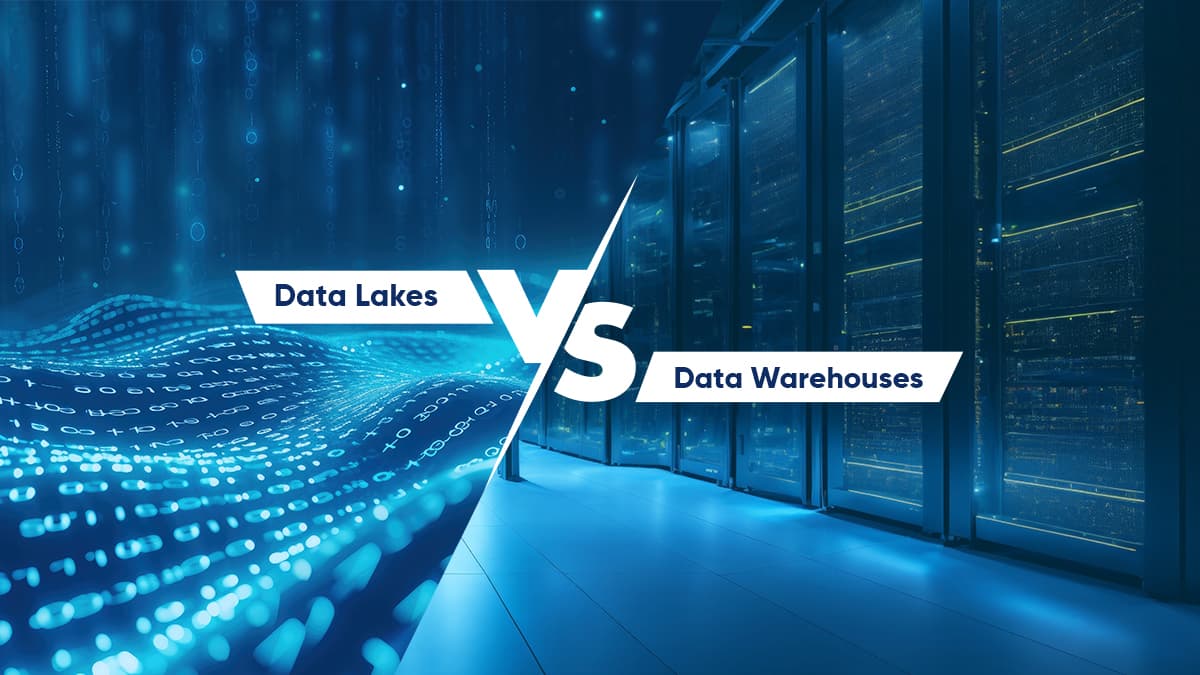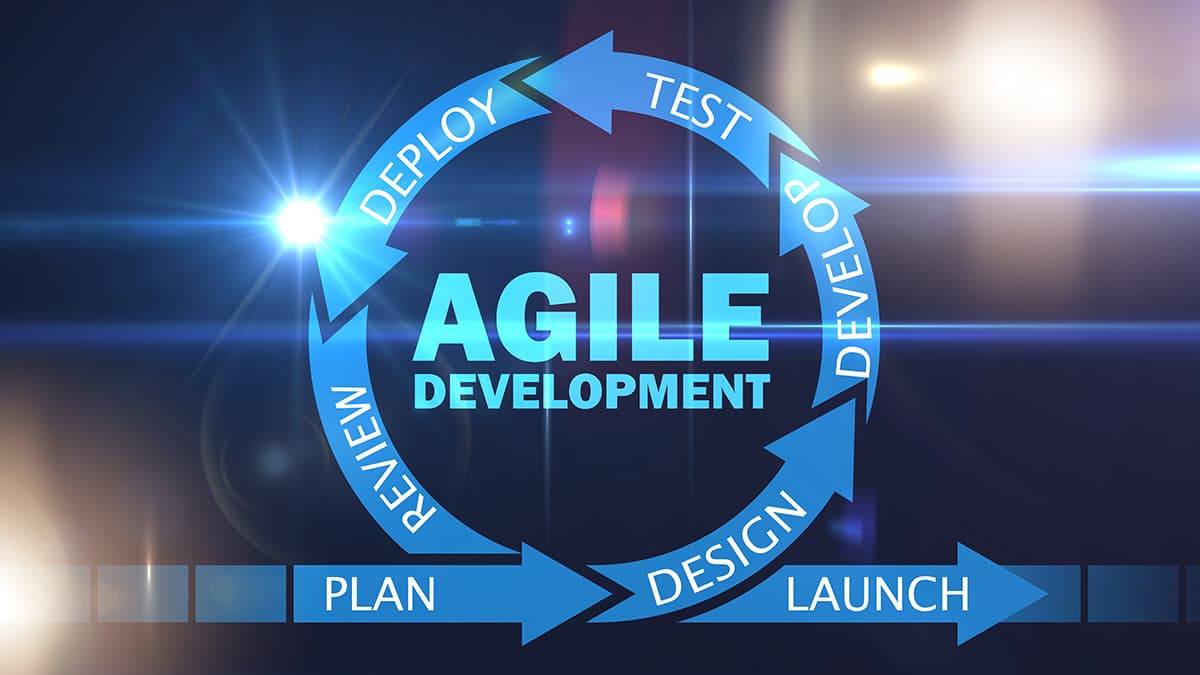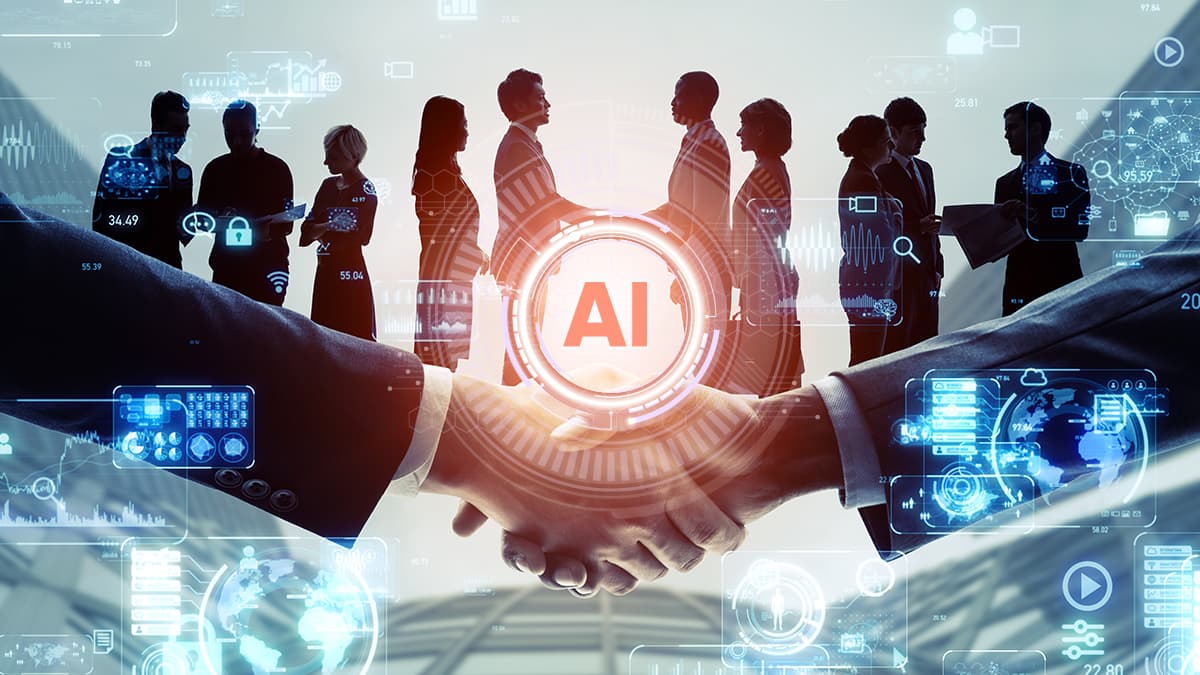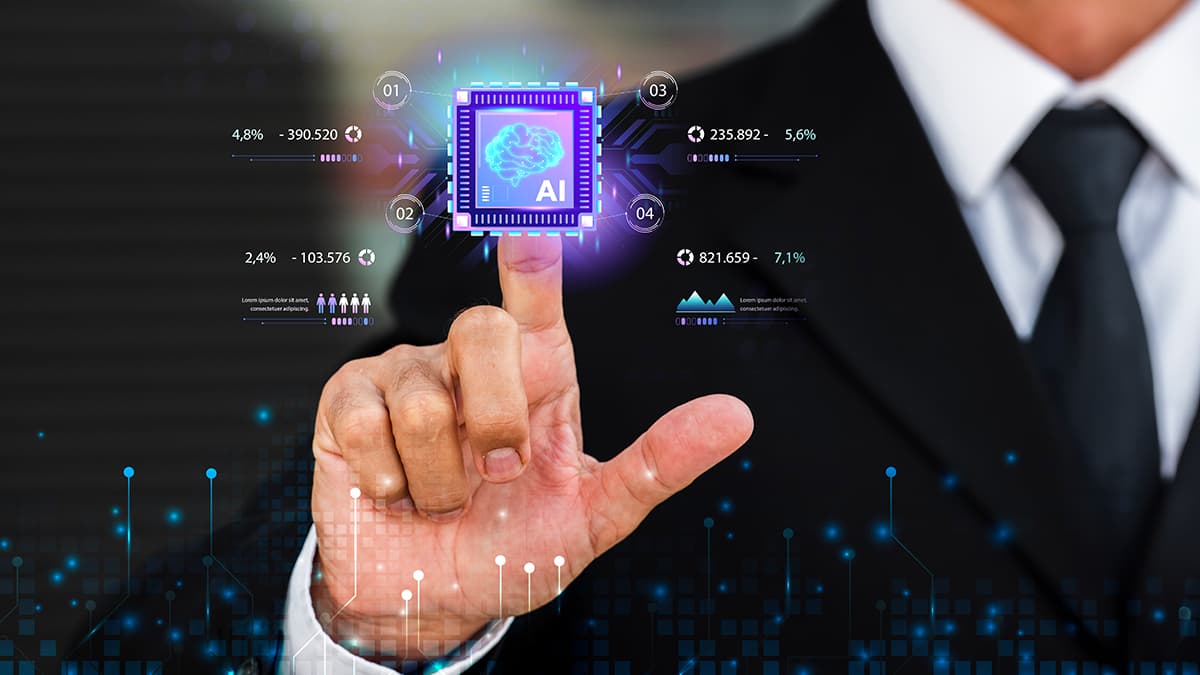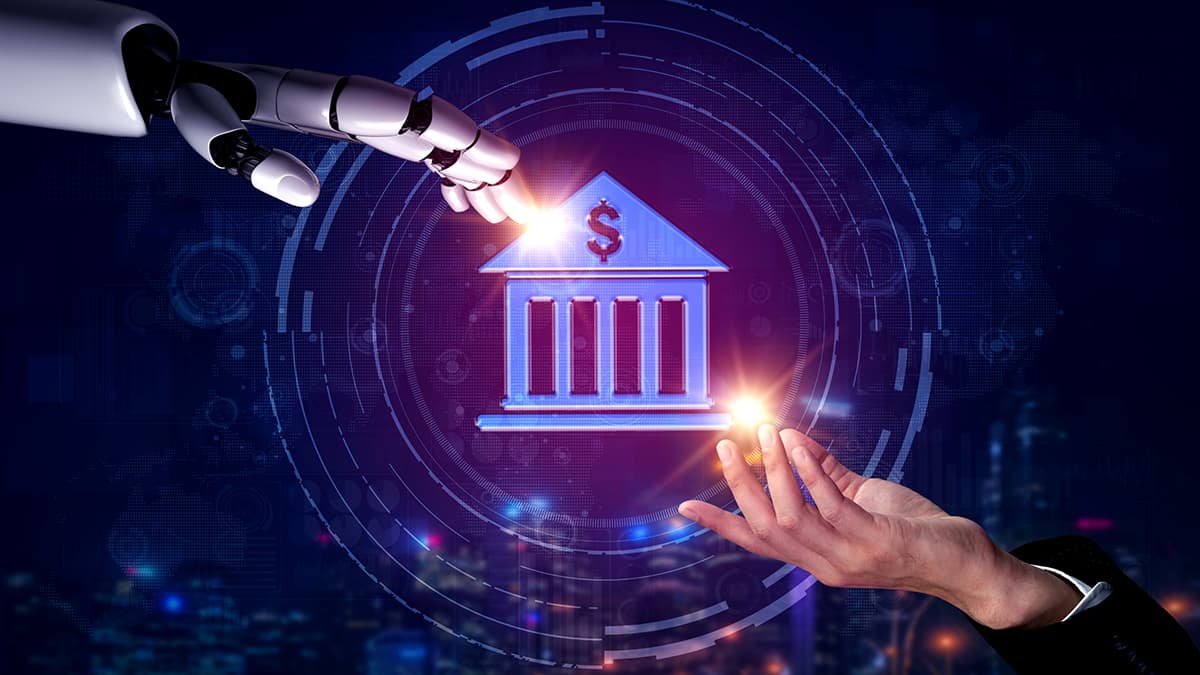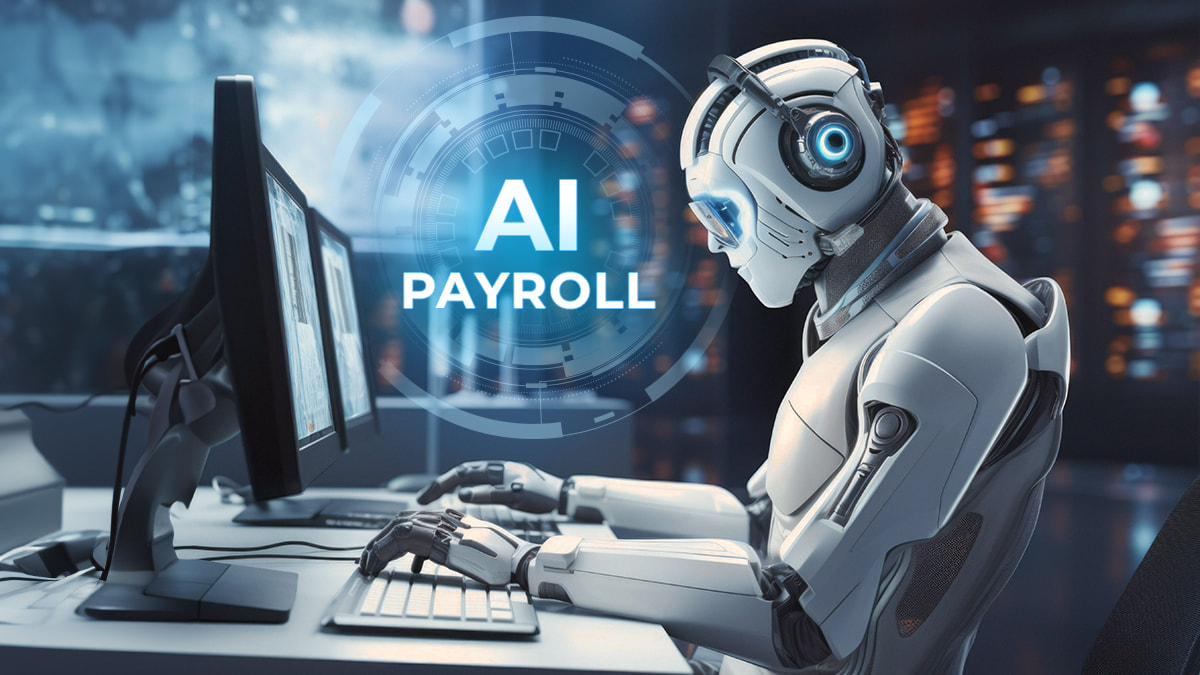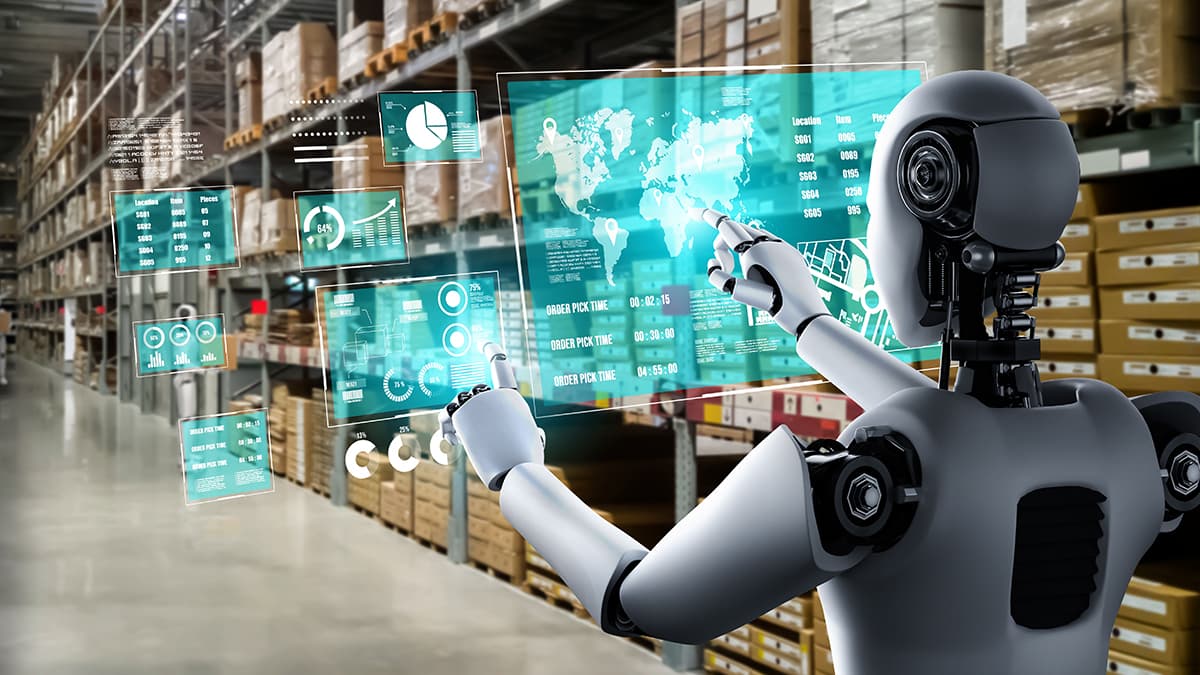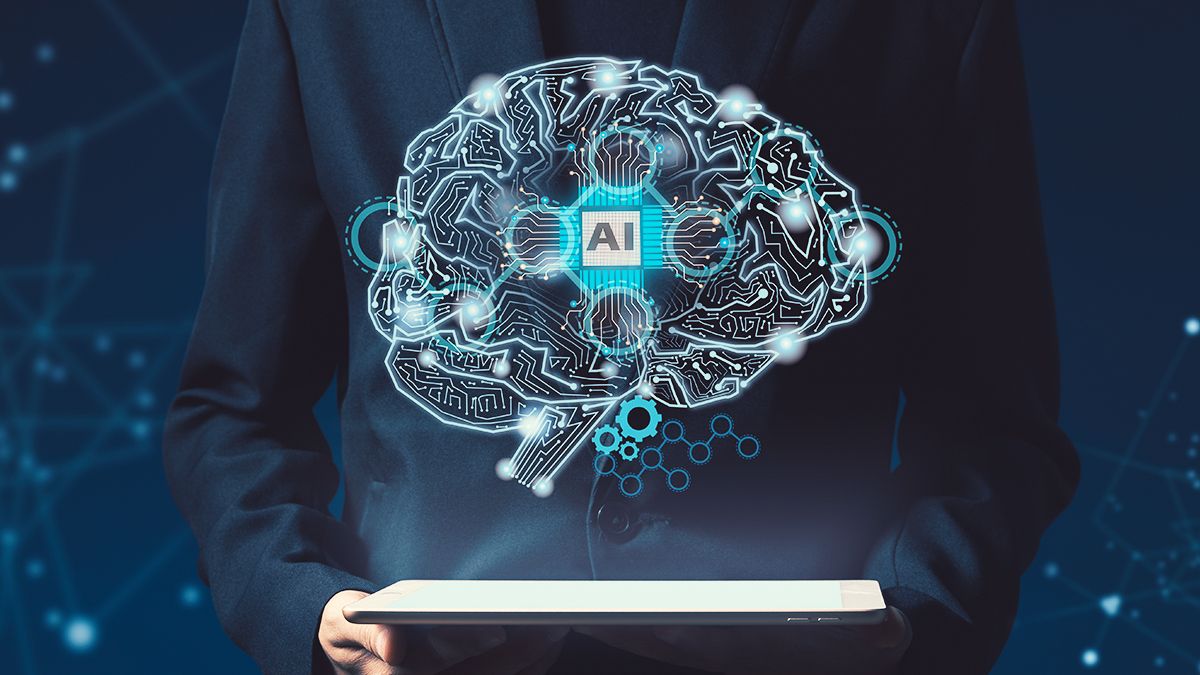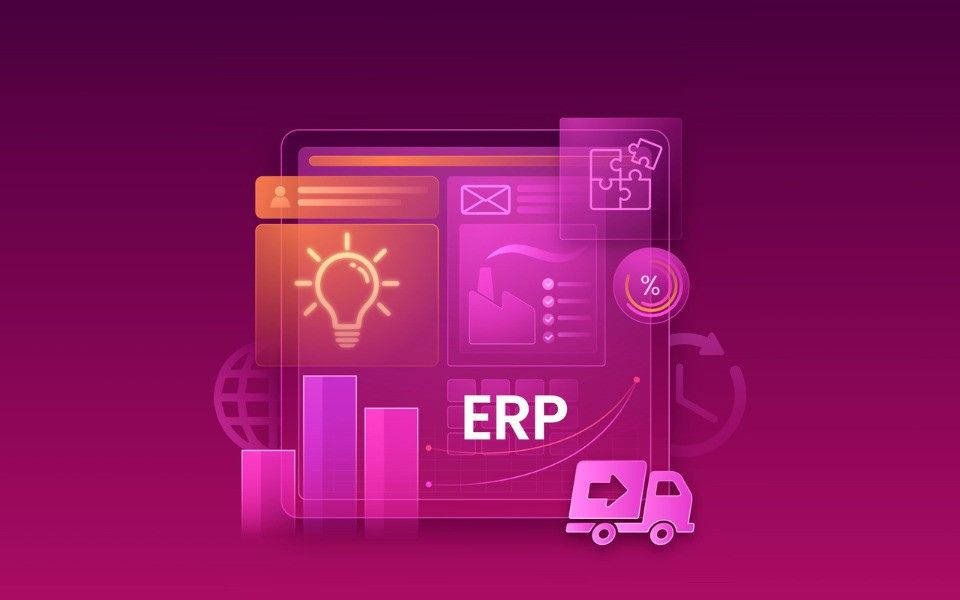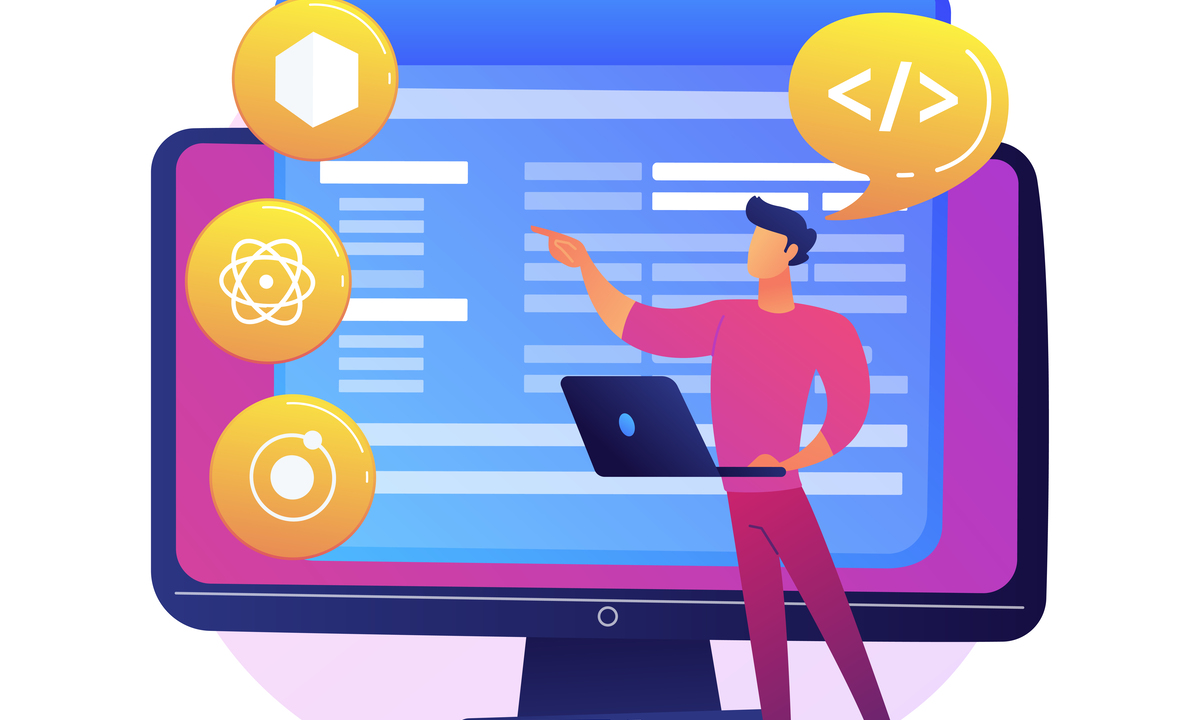
Innovation and product managers work with companies to identify, create, and deliver new sources of value. Sometimes, this value is generated through refining business-as-usual activities; other times, it's created by offering new products and services to the market. The key to this work is nurturing employee creativity. Employees typically have the necessary subject matter expertise, and managers provide them with structure, space, and support to cultivate this expertise and help create new value streams.
Enabling creativity at an organizational level differs from doing so one-on-one; it requires reflection on the structures that support the generation and delivery of new ideas. Organizations need enough structure to ensure ideas become tangible outputs but not so much that ideas are strangled. This balance remains crucial regardless of company size or complexity.
One effective way to drive creativity throughout the business life cycle is through creative constraints—establishing boundaries and limitations that foster, rather than hinder, creativity. Design sprints demonstrate how creative constraints can help find the midpoint between structure and chaos to bring new ideas to life, unlocking creative power while reducing innovation risk.
_(1)_1732015199.jpeg)
Understanding the Creativity Spectrum
The business world comprises a spectrum of companies that organizationally sit between structure and chaos. On one end are early-stage startups—picture the modern trope of two or three people in a garage or coworking space, huddled around a whiteboard and throwing around new ideas. The environment is often high energy with little emphasis on process, where the instinct is to chase promising new ideas without proper validation.
On the other end are large, complex, established organizations, typically characterized by hierarchy, process, and operational efficiency focus. These companies may have begun as chaotic startups but have scaled their offerings, created fixed brand identities, and refined strategies. From an innovation perspective, they focus primarily on squeezing efficiency gains from existing products, spending considerable time de-risking every new idea before execution.
Neither end of this spectrum is ideal for creativity or innovation. Too much organizational structure stifles the creative process, as employees spend excessive time and energy adhering to business processes, leaving little capacity for ideation. Such firms are vulnerable to disruption by smaller, nimbler organizations. However, while less structure might enable more ideation time or fluid pivoting, lacking processes to birth new ideas is equally stifling. Ideas aren't properly captured or validated, and products become bloated with confused purposes, straining resources and hampering effective delivery.
The ideal lies at the midpoint where people have time and space to ideate, followed by appropriate structure and process to help ideas grow.
_1732015258.jpeg)
Reaching the Midpoint
A 2018 Journal of Management study examined the effect of constraints on innovation. Input restraints—such as limited time, human capital, or funding—showed an inverted U-shaped effect. Too few constraints create complacency; a moderate number makes tasks challenging, encouraging experimentation and risk; beyond a certain point, constraints become problematic, discouraging innovation and demoralizing teams.
Organizations can achieve balance by using intentional creative constraints. Implementing guardrails provides employees with a safe environment for ideation and creative risks while avoiding excessive constraints that become hindrances.
Using Time as a Creative Constraint
Time serves as an effective and simple creative constraint, which explains the widespread use of deadlines. While scheduling and time management matter, deadlines primarily require people to be productive and resourceful in accomplishing tasks.
This approach applies effectively in innovation contexts through time-boxed, intensive workshops to solicit or validate ideas. When people know they have only 25 minutes to think about something before moving on, they concentrate fully during that period.
_1732015233.jpeg)
Design Sprints
A design sprint is a facilitated, time-boxed, five-day process providing space and structure for teams to test and prototype new ideas for predefined problem statements. Each day follows specific themes and contains smaller, time-boxed workshops where people work synchronously on different product areas.
The process builds off the traditional four-stage development cycle: idea, build, launch, and learn. Traditional product development only allows feedback and iteration in the final stage. Design sprints reduce innovation risk by focusing on rapid prototyping and user testing, creating a shortcut between "idea" and "learn" stages, allowing experimentation without significant upfront investment.
Design Sprint Requirements:
- A clear problem statement
- A team of seven or fewer, including facilitator and diverse role representatives
- Five dedicated days with minimal outside work
- Structured workshops
- Dedicated space with appropriate tools
A typical design sprint structure might include:
Day 1. Understanding the Problem Space
- Stakeholder/expert interviews
- Customer journey mapping
- Persona creation
- Long-term goal definition
Day 2. Ideation and Market Analysis
- Solution sketching exercises
- Competitive analysis
- Market scanning
- Test customer definition
Day 3. Storyboarding
- Solution storyboarding
- Technical architecture planning
Day 4. Prototyping and Business Case
- Solution prototyping
- Business model canvas development
Day 5. Testing and Presentation
- User testing and feedback collection
- Stakeholder progress sharing
This compressed timeline produces a prototyped solution, customer feedback, and business model exploration in days rather than months.
Finding the Right Balance
The work environment provided for employees critically enables effective innovation. Organizations must consider whether employees feel incentivized and empowered to present new ideas, and whether systems exist to develop these ideas effectively.
While modern workforces value autonomy, laissez-faire management and unclear roles negatively impact employee well-being. Similarly, chaotic startups that fail to transition to more ordered structures often fail. Successful business environments must balance creative processes, providing both freedom for ideation and structures that transform ideas into reality.
The UI/UX Consulting team at CSM works with your team to develop similar sprints and frameworks that accommodate them. Get in touch with us today to understand more: www.csm.tech/americas/contact-us
Want to start a project?
Get your Free ConsultationOur Recent Blog Posts

© 2025 CSM Tech Americas All Rights Reserved












